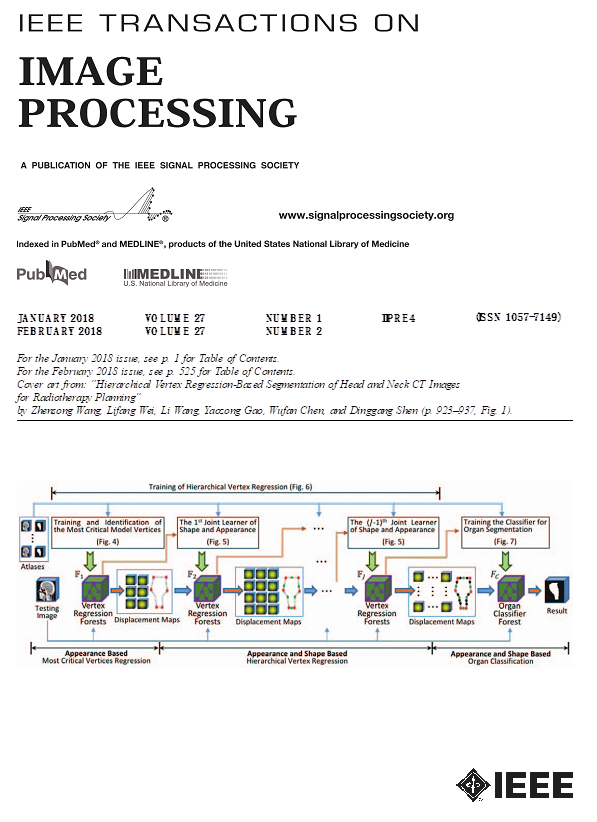多视点光场的深度稀疏到密集间。
IF 13.7
1区 计算机科学
Q1 COMPUTER SCIENCE, ARTIFICIAL INTELLIGENCE
引用次数: 0
摘要
光场成像(LF)可以捕获光线的强度和方向信息,扩展了传统成像技术的能力。在本文中,我们介绍了LF成像领域中的一项任务,稀疏到密集的中间化,该任务侧重于从稀疏的多视图LF中生成密集的新视图。通过从稀疏输入合成中间视图,该任务通过填充扩展视场内的透视间隙来增强LF视图合成,并通过利用来自不同视角的光线之间的互补信息来提高数据鲁棒性,这些信息受到非鲁棒单视图合成和无法有效处理稀疏输入的限制。为了解决这些问题,我们构建了一个高质量的多视图LF数据集,包括60个室内场景和59个室外场景。在此数据集的基础上,我们提出了一个基线方法。具体来说,我们引入了一个自适应对齐模块,通过捕获相对位移来动态对齐信息。接下来,我们使用多层次特征解耦模块探索角度一致性和层次信息。最后,采用多级特征细化模块增强特征,便于重构。此外,我们引入了一个普遍适用的伪影感知损失函数来有效地抑制视觉伪影。实验结果表明,我们的方法优于现有的方法,为稀疏到密集之间建立了一个基准。代码可在https://github.com/Starmao1/MutiLF上获得。本文章由计算机程序翻译,如有差异,请以英文原文为准。
Deep Sparse-to-Dense Inbetweening for Multi-View Light Fields.
Light field (LF) imaging, which captures both intensity and directional information of light rays, extends the capabilities of traditional imaging techniques. In this paper, we introduce a task in the field of LF imaging, sparse-to-dense inbetweening, which focuses on generating dense novel views from sparse multi-view LFs. By synthesizing intermediate views from sparse inputs, this task enhances LF view synthesis through filling in interperspective gaps within an expanded field of view and increasing data robustness by leveraging complementary information between light rays from different perspectives, which are limited by non-robust single-view synthesis and the inability to handle sparse inputs effectively. To address these challenges, we construct a high-quality multi-view LF dataset, consisting of 60 indoor scenes and 59 outdoor scenes. Building upon this dataset, we propose a baseline method. Specifically, we introduce an adaptive alignment module to dynamically align information by capturing relative displacements. Next, we explore angular consistency and hierarchical information using a multi-level feature decoupling module. Finally, a multi-level feature refinement module is applied to enhance features and facilitate reconstruction. Additionally, we introduce a universally applicable artifact-aware loss function to effectively suppress visual artifacts. Experimental results demonstrate that our method outperforms existing approaches, establishing a benchmark for sparse-to-dense inbetweening. The code is available at https://github.com/Starmao1/MutiLF.
求助全文
通过发布文献求助,成功后即可免费获取论文全文。
去求助
来源期刊

IEEE Transactions on Image Processing
工程技术-工程:电子与电气
CiteScore
20.90
自引率
6.60%
发文量
774
审稿时长
7.6 months
期刊介绍:
The IEEE Transactions on Image Processing delves into groundbreaking theories, algorithms, and structures concerning the generation, acquisition, manipulation, transmission, scrutiny, and presentation of images, video, and multidimensional signals across diverse applications. Topics span mathematical, statistical, and perceptual aspects, encompassing modeling, representation, formation, coding, filtering, enhancement, restoration, rendering, halftoning, search, and analysis of images, video, and multidimensional signals. Pertinent applications range from image and video communications to electronic imaging, biomedical imaging, image and video systems, and remote sensing.
 求助内容:
求助内容: 应助结果提醒方式:
应助结果提醒方式:


